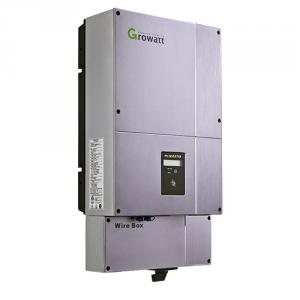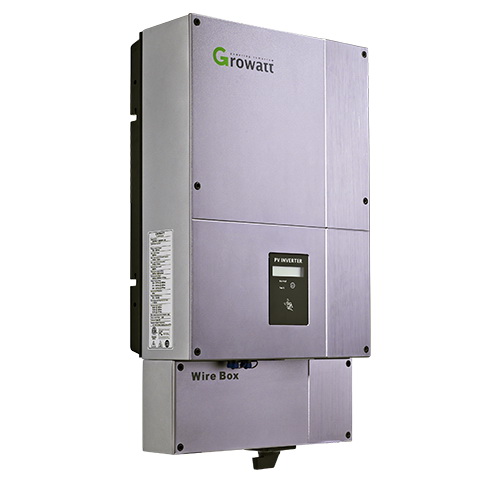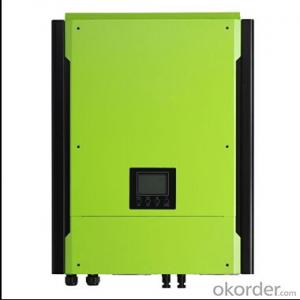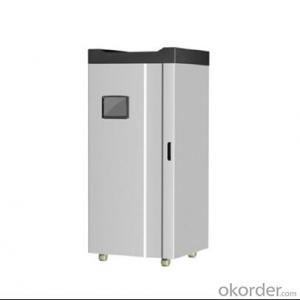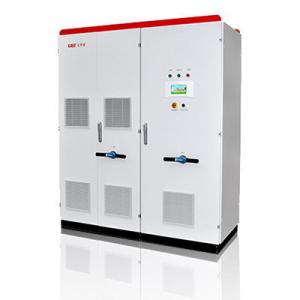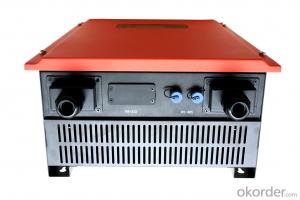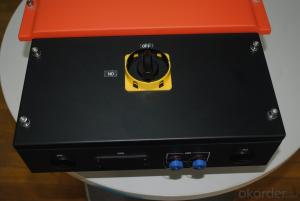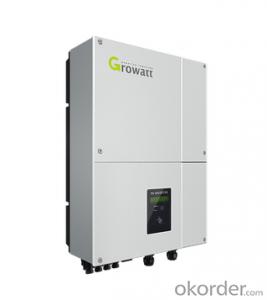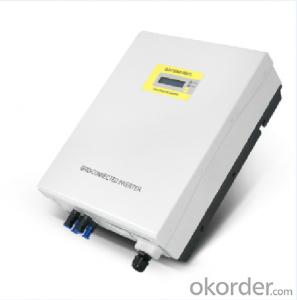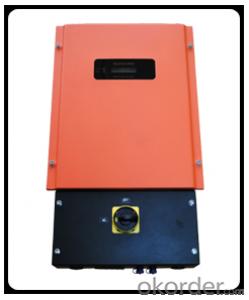Biggest Solar Inverter 3600MTL-US 5000MTL-US ETL FCC
- Loading Port:
- Shekou
- Payment Terms:
- TT OR LC
- Min Order Qty:
- 10 watt
- Supply Capability:
- 10000 watt/month
OKorder Service Pledge
OKorder Financial Service
You Might Also Like
Solar Inverter 3600MTL-US-5000MTL-US, ETL FCC
Specifications
Maximum efficiency over 97.8%
MPP control
MTL-String
RS485 RS232 bluetooth DC-switch
VDE 0126-1-1,IEC 62109,RD 1663,G83
3600 4200 5000 MTL-US
General Descriptions
Leading-Edge Technology
> Maximum efficiency of 97.9 % and wide input voltage range
> Internal DC switch
> Transformerless H6 topology
> Compact design
> Muti MPP controller
> MTL-String
> Bluetooth technology
> Easy installation
> Sound control
Communications
> RS485 /RS232/GPRS interfaces
> Computer monitoring software
Safety
> Full protection functions:DC reverse polarity, AC short-circuit protection, ground fault monitoring, grid monitoring, integrate all-pole sensitive, leakage current monitoring unit.
> Standards complied: Ul1741, UL1998, IEEE1547, CSA C22.2 No.107.1,FCC Part15(Class A&B)
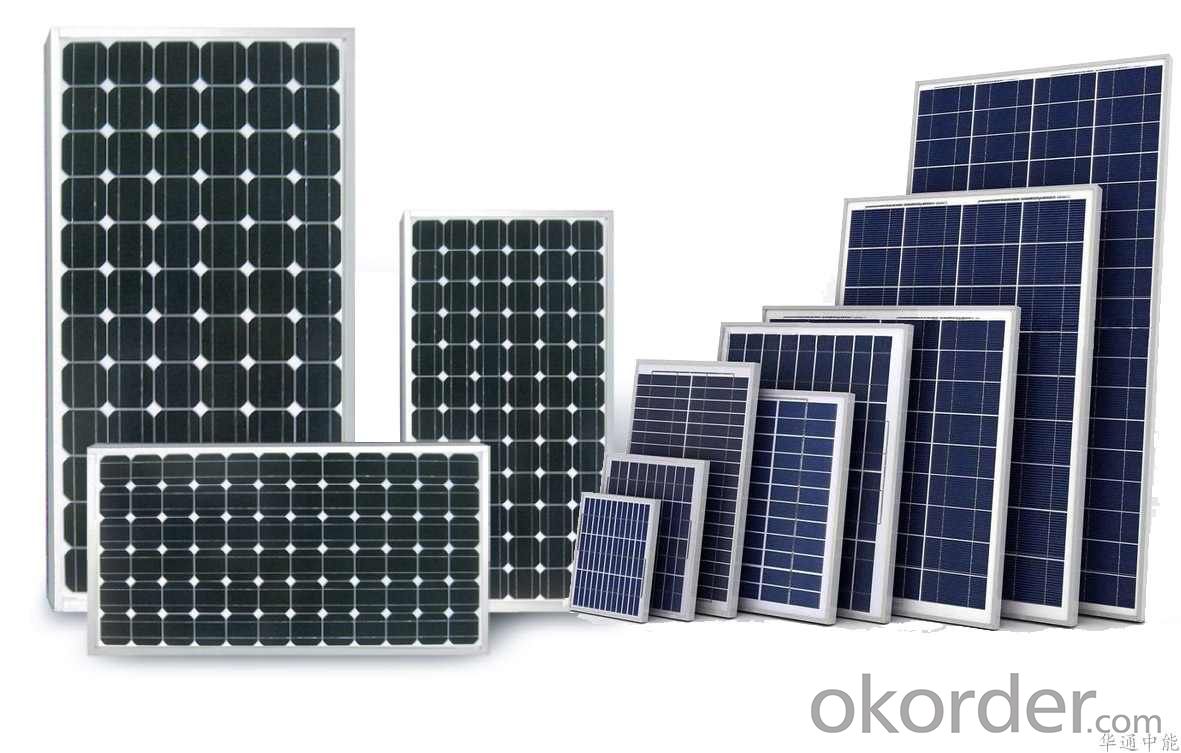
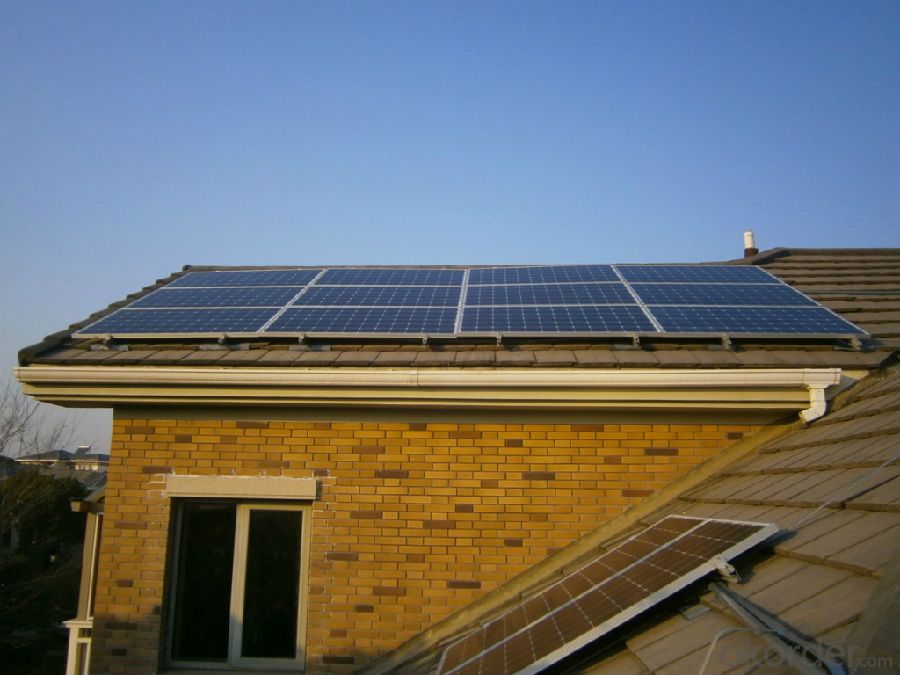
Technical Specifications
Model Specifications | 3600MTL-US | 4200MTL-US | 5000MTL-US |
Input data | |||
Max. DC power | 3800W | 4400W | 5200W |
Max. DC voltage | 600V | 600V | 600V |
Start voltage | 150V | 150V | 150V |
DC nominal voltage | 360V | 360V | 360V |
PV voltage range | 100V-600V | 100V-600V | 100V-600V |
MPP voltage range | 120V-550V | 120V-550V | 120V-550V |
Number of independent MPP trackers/strings per MPP tracker | 2/2 | 2/2 | 2/2 |
Max. input current of the MPP tracker | 12A | 15A | 15A |
Output data | |||
Nominal AC output power | 3600W | 4200W | 4600W |
Max. output current | 18/17.1A/14.8A | 21A/20A/17.2A | 22A/23.7A/20.5A |
AC nominal voltage; range | Default:240V single phase optional:208,240or277 single phase 183-228@208V 211-264V@240V 244-305@277V | ||
AC grid frequency; range | 60Hz;59.3-60.5Hz | 60Hz;59.3-60.5Hz | 60Hz;59.3-60.5Hz |
Phase shift (cosφ) | 1 | 1 | 1 |
THDI | <3%< p=""> | <3%< p=""> | <3%< p=""> |
AC connection | Single phase | Single phase | Single phase |
Efficiency | |||
Max. efficiency | 98% | 98% | 98% |
CEC efficiency | 97% | 97% | 97% |
MPPT efficieny | 99.5% | 99.5% | 99.5% |
Protection devices | |||
DC reverse polarity protection | yes | yes | yes |
DC switch rating for each MPPT | yes | yes | yes |
Output over current protection | yes | yes | yes |
Output overvoltage protection-varistor | yes | yes | yes |
Ground fault monitoring | yes | yes | yes |
Grid monitoring | yes | yes | yes |
Integrated all - pole sensitive leakage current monitoring unit | yes | yes | yes |
General Data | |||
Dimensions (W / H / D) in mm | 360/650/188 | 360/650/188 | 360/650/188 |
Weight | 28.3KG | 28.3KG | 28.3KG |
Operating temperature range | -25...+60°C (-13...+ 140°F) with derating above 45°C(131°F) | -25...+60°C (-13...+ 140°F) with derating above 45°C(131°F) | -25...+60°C (-13...+ 140°F) with derating above 45°C(131°F) |
Noise emission (typical) | ≤ 25 dB(A) | ≤ 25 dB(A) | ≤ 25 dB(A) |
Altitude | Up to 2000m(6560ft) without power derating | ||
Relative humidity | 95% | ||
Consumption: operating(standby) / night | <5W / < 0.5 W | <5W / < 0.5 W | <5 W / < 0.5 W |
Topology | transformerless | transformerless | transformerless |
Cooling concept | Natural | Natural | Natural |
Enclosure | Type 3R | Type 3R | Type 3R |
Features | |||
DCconnection: | Screw terminal | Screw terminal | Screw terminal |
AC connection: | Screw terminal | Screw terminal | Screw terminal |
display | LCD | LCD | LCD |
Interfaces: RS485/RS232/Bluetooth/RF/Zigbee | yes/yes/opt/opt/ opt | yes/yes/opt/opt/opt | yes/yes/opt/opt/opt |
Warranty: 10 years / 15 years | yes /opt | yes /opt | yes /opt |
Certificates and approvals | UL1741,UL1998 IEEE 1547, CSA C22.2 No.107.1-1,FCC Part15(Class A&B) | ||
- Q: How does the harmonic distortion affect the performance of a solar inverter?
- Harmonic distortion can negatively impact the performance of a solar inverter. It can cause increased heat generation, reduced power quality, and can lead to premature failure of components. Additionally, harmonic distortion can interfere with other electrical devices connected to the inverter, causing disruptions and potential damage. Therefore, minimizing harmonic distortion is essential for maintaining optimal performance and efficiency of a solar inverter.
- Q: How does a solar inverter affect the overall system performance in different weather conditions?
- A solar inverter plays a crucial role in the overall performance of a solar power system in various weather conditions. It helps optimize the conversion of direct current (DC) generated by solar panels into alternating current (AC) that is used to power homes and businesses. During sunny weather, a high-quality inverter ensures maximum power extraction from the solar panels, resulting in higher energy production and improved system performance. In contrast, in overcast or low-light conditions, a well-designed inverter can still efficiently convert the available solar energy, albeit at a reduced capacity. Moreover, advanced inverters often incorporate technologies like maximum power point tracking (MPPT) to adapt to changing weather conditions, ensuring optimal performance and energy generation regardless of weather variations.
- Q: Can a solar inverter be used with different types of solar panels?
- Yes, a solar inverter can typically be used with different types of solar panels. Solar inverters are designed to convert the direct current (DC) generated by solar panels into alternating current (AC) that can be used to power various electrical devices. As long as the solar panels produce compatible DC voltage and current, they can be connected to the solar inverter regardless of their type, such as monocrystalline, polycrystalline, or thin-film panels. However, it is important to ensure that the solar inverter is appropriately sized and compatible with the total capacity of the connected solar panels for optimal performance.
- Q: How does the efficiency of a solar inverter affect the overall system performance?
- The efficiency of a solar inverter plays a crucial role in determining the overall performance of a solar system. A higher efficiency inverter converts a greater percentage of the energy generated by the solar panels into usable electricity. This means that less energy is lost as heat, resulting in more electricity being available for consumption. A more efficient inverter translates into increased energy production, reduced reliance on grid power, and ultimately, higher cost savings. Additionally, a highly efficient inverter enhances the stability and reliability of the system, ensuring optimal performance and longevity.
- Q: What is the cost of a solar inverter?
- The cost of a solar inverter can vary depending on various factors such as the brand, size, capacity, and additional features. Generally, residential solar inverters can range from $500 to $2,000, while commercial or larger-scale inverters can cost several thousand dollars. It is recommended to consult with a solar installer or supplier to get an accurate cost estimate based on your specific requirements.
- Q: What are the potential risks of overvoltage in a solar inverter?
- The potential risks of overvoltage in a solar inverter include damage to the inverter itself, as well as other connected electrical equipment. It can lead to overheating, arcing, and even electrical fires. Additionally, overvoltage can cause a significant decrease in the lifespan and efficiency of solar panels, reducing their overall performance. It is crucial to have proper protective measures in place, such as surge protectors and voltage regulators, to mitigate these risks.
- Q: Can a solar inverter be used with a three-phase power system?
- Yes, a solar inverter can be used with a three-phase power system. In fact, many solar inverters are designed to work specifically with three-phase power systems. These inverters convert the DC power generated by solar panels into AC power that can be used by the three-phase electrical grid.
- Q: How is the output voltage and frequency of a solar inverter regulated?
- The output voltage and frequency of a solar inverter are regulated through advanced control algorithms and feedback mechanisms. These control algorithms continuously monitor the input power generated by the solar panels and adjust the inverter's output voltage and frequency accordingly. The regulation process involves various components such as voltage regulators, frequency detectors, and digital signal processors that ensure the output voltage and frequency are in sync with the grid or the desired specifications. Additionally, some inverters may also have built-in mechanisms to protect against voltage and frequency fluctuations, ensuring a stable and reliable power supply to connected devices or the grid.
- Q: What are the main components of a solar inverter?
- The main components of a solar inverter include the DC to AC inverter, MPPT (Maximum Power Point Tracking) controller, safety features such as circuit breakers and fuses, and monitoring systems for performance tracking.
- Q: What is the role of a power control unit in a solar inverter?
- The role of a power control unit in a solar inverter is to regulate and control the flow of electricity between the solar panels and the grid. It ensures maximum power output from the solar panels by optimizing their performance and matching it with the electrical requirements of the grid. Additionally, it provides protection against overvoltage, overcurrent, and other electrical faults to ensure safe and efficient operation of the solar inverter system.
Send your message to us
Biggest Solar Inverter 3600MTL-US 5000MTL-US ETL FCC
- Loading Port:
- Shekou
- Payment Terms:
- TT OR LC
- Min Order Qty:
- 10 watt
- Supply Capability:
- 10000 watt/month
OKorder Service Pledge
OKorder Financial Service
Similar products
Hot products
Hot Searches
Related keywords
